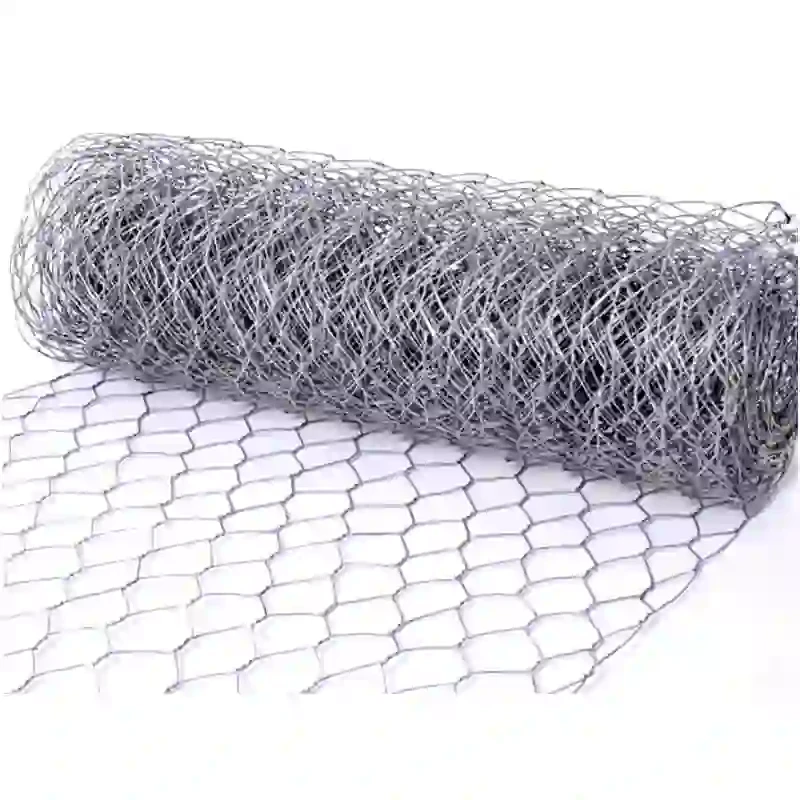-
 Phone:
Phone: -
 Email:
Email:

Durable Stainless Steel Wire for Versatile Tying Applications
Stainless Tie Wire A Versatile Solution for Various Applications
Stainless tie wire is a critical component in a multitude of industries, valued for its strength, durability, and resistance to corrosion. This type of wire is made from stainless steel, which includes a blend of iron, chromium, and other alloying elements. The unique properties of stainless steel make it an ideal material for tie wire, especially in environments where exposure to moisture and chemicals can lead to rust and degradation of lesser materials.
One of the major advantages of stainless tie wire is its exceptional resistance to corrosion. Unlike ordinary steel, stainless steel’s chromium content forms a passive layer of chromium oxide on the surface of the wire. This oxide layer acts as a protective barrier, preventing further corrosion even when scratched. As a result, stainless tie wire is perfect for outdoor use, in coastal areas, and in agricultural settings where exposure to the elements is inevitable.
In construction and industrial applications, stainless tie wire is commonly used for securing and bundling materials. Its strong tensile strength allows it to hold various items together securely, making it ideal for tying rebar in concrete structures. This practice is essential for ensuring the stability of buildings, bridges, and other infrastructures. Additionally, stainless tie wire is employed in making cages for animals, creating frameworks for hanging plants, and bundling electric cables, showcasing its versatility across different fields.
Another important characteristic of stainless tie wire is its malleability. It can be easily bent, twisted, and shaped to suit specific needs without breaking. This flexibility allows for creativity in design and application, whether it's crafting decorative items or implementing functional solutions in construction. Artists and craftsmen often use stainless tie wire for sculptures, jewelry-making, and DIY projects, where fine details and secure connections are necessary.
stainless tie wire

In the world of horticulture, stainless tie wire has found its niche in supporting plants as they grow. Gardeners use it to create trellises and to tie plants to stakes, helping them to maintain an upright position and ensuring better access to sunlight. Due to its corrosion resistance, stainless tie wire does not degrade over time, making it a long-lasting option compared to other materials that may rust or wear out after prolonged exposure to soil and moisture.
The manufacturing process of stainless tie wire involves drawing stainless steel rods through a series of dies, gradually reducing the diameter of the wire while increasing its length. This cold working process not only increases the wire's strength but also produces a smooth surface finish, enhancing its aesthetic appeal and functional performance. Various gauges and lengths are available, catering to the diverse needs of consumers and industries.
In recent years, sustainability has become an increasingly important consideration across all sectors. Stainless steel is a recyclable material, and many manufacturers are committed to using recycled content in their production processes. This aspect aligns with the ongoing efforts to reduce waste and promote environmentally friendly practices, further contributing to the appeal of stainless tie wire as a responsible choice for both consumers and businesses.
In conclusion, stainless tie wire is an indispensable tool in numerous applications, offering reliable performance, versatility, and resistance to corrosion. Whether used in construction, gardening, art, or industrial settings, its unique properties ensure that it remains a preferred choice for professionals and hobbyists alike. As industries continue to evolve and innovate, the role of stainless tie wire will undoubtedly grow, underpinning its significance in various facets of modern life.
-
Wire Mesh for Every Need: A Practical SolutionNewsJul.25,2025
-
Steel Fences: Durable, Secure, and Stylish OptionsNewsJul.25,2025
-
Roll Top Fencing: A Smart Solution for Safety and SecurityNewsJul.25,2025
-
Cattle Farm Fencing Solutions for Maximum SecurityNewsJul.25,2025
-
Affordable Iron Binding Wire SolutionsNewsJul.25,2025
-
Affordable Galvanized Wire SolutionsNewsJul.25,2025
-
Wire Hanger Recycling IdeasNewsJul.25,2025








